Youth Homeless Prevention Report
Youth homelessness is a significant challenge across the United States, with an increasing number of young people under 25 experiencing homelessness on their own.
National Runaway Safeline (NRS) partnered with the American Institutes for Research to conduct a study analyzing data from over 100,000 people who interacted with NRS’ crisis services staff from 2019 to 2023. The findings illuminate nuanced differences in the characteristics, experiences, and challenges of young people who are in crisis, at imminent risk of homelessness, or homeless, revealing valuable opportunities for prevention in both the practice and policy realms.
Homelessness Risk Status
42%
were in crisis, which involved a problem requiring resolution but did not involve housing instability
32%
were at imminent risk, meaning they mentioned running away or being forced to leave home
26%
were homeless, meaning they did not have a safe or stable place to live
What Did We Find?
DEMOGRAPHICS
Most contacts were young people advocating on their own behalf (78%) and were primarily female, White/Caucasian, and under 18 years old. More than half of young people were at home at the time of outreach to NRS, and only 17% had previously been homeless.
HOMELESSNESS RISK STATUS
Factors associated with a higher likelihood of young people being in crisis included being 18 and older; being at home; and having issues with transportation, mental health, and human trafficking. Factors associated with young people being at imminent risk included being between 15 and 17; being at home; and facing family dynamics and emotional abuse. Young people who were 15 and older and who were facing economic challenges (e.g., employment and housing instability), juvenile crime, human trafficking, substance use, transportation, neglect, and engagement with the child welfare system were more likely to be homeless.
REFERRALS
Factors associated with a higher likelihood of young people being in crisis included being 18 and older; being at home; and having issues with transportation, mental health, and human trafficking. Factors associated with young people being at imminent risk included being between 15 and 17; being at home; and facing family dynamics and emotional abuse. Young people who were 15 and older and who were facing economic challenges (e.g., employment and housing instability), juvenile crime, human trafficking, substance use, transportation, neglect, and engagement with the child welfare system were more likely to be homeless.
Read Full Prevention Report
Who is this report for?
Youth Advocates
Policy Makers
Youth-Serving Professionals
What Do These Findings Mean for Youth and Young Adults Who Are Experiencing or At Risk of Homelessness?
The findings highlight ways for young people who are experiencing or at risk of homelessness to get the supports they need and ways to contribute to improving youth homelessness systems.
WHEN INTERACTING WITH COMMUNITY-BASED PROGRAMS, YOUNG PEOPLE CAN:
- Reach out to NRS or a local service provider to discuss their challenges with the goal of preventing housing loss.
- Be clear with service providers about their specific needs with the goal of getting connected to the right services.
- Join a local youth advisory board or council to share their experiences and those of other youth and young adults across communities.
WHEN LOOKING TO IMPROVE THEIR STATE AND LOCAL YOUTH HOMELESSNESS SYSTEMS, YOUNG PEOPLE CAN:
- Share community-based resources with friends who may be encountering challenges that could lead to homelessness.
- Join technical assistance calls hosted by nonprofit organizations focused on youth and young adult homelessness to stay informed, build connections and learn about effective practices and policies across the country.
- Network with peers and colleagues on these calls, at community events, or through advocacy spaces to build relationships, exchange ideas, and collaborate with key stakeholders toward shared goals.
- Remember that experiences of homelessness can be different for everyone, so it is important to look for opportunities to change the narrative and de-stigmatize youth homelessness.
OPPORTUNITIES FOR POLICYMAKERS TO PREVENT YOUTH HOMELESSNESS
What Can System Administrators Do to Prevent Youth Homelessness?
- Support cross-sector partnerships at the local level to address the interconnected and co occurring challenges of young people at risk of or experiencing homelessness.
- Develop local system or asset maps to understand what local resources are available to meet young people’s needs and invest in resources to close system gaps.
- Ensure that local youth homelessness systems are adequately resourced to meet the economic needs of young people who are homeless through access to an adequate supply of housing programs (e.g., rapid rehousing) and employment supports that promote economic mobility.
What Can State and Federal Policy Makers Do to Prevent Youth Homelessness?
- Support the development of a public awareness campaign to increase awareness of state and federal services and resources for all young people at risk of or experiencing homelessness, including NRS, and destigmatize seeking help.
- Permit the expansion of existing policy solutions, such as the Family First Prevention Services Act, to better meet the needs of families for whom conflict may lead young people to leave home.
OPPORTUNITIES FOR YOUTH-SERVING PROFESSIONALS TO PREVENT YOUTH HOMELESSNESS
What Can Youth Service Providers Do to Prevent Youth Homelessness?
- Ensure that young people and their families can access prevention and early intervention services for a myriad of issues that could result in a young person leaving home.
- Understand the local landscape of resources and make strategic warm hand-offs for community-based resources that can address the comprehensive needs of all family members.
- Ensure that programs serving young people incorporate youth-centered policies in supportive services to promote continuity in program engagement and successful completion.
